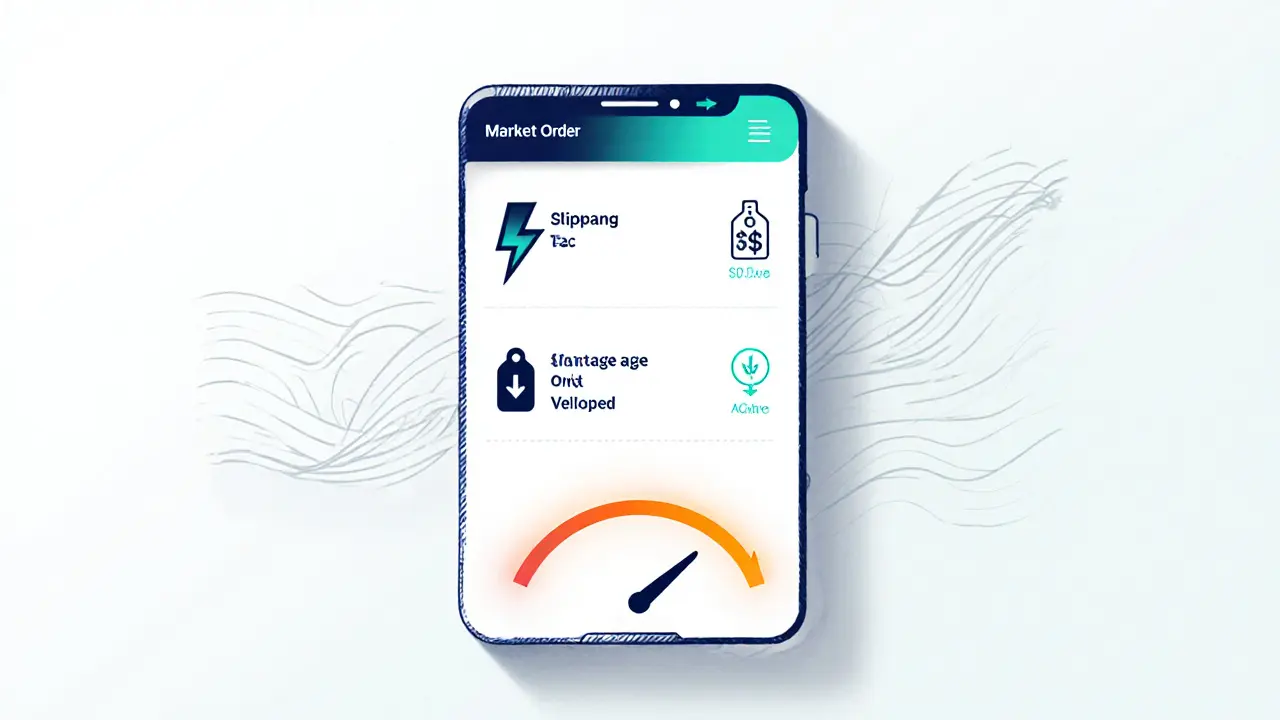Slippage – What It Is and Why It Matters
When dealing with slippage, slippage, the difference between the expected price of a trade and the price at which it actually executes, also known as price slippage, it’s crucial to grasp how market depth and order size influence the outcome. Decentralized exchange, a platform that matches trades directly on the blockchain without a central order book often amplifies this effect because trades rely on liquidity pool, a reserve of tokens that provides the counter‑asset for swaps. The narrower the pool, the higher the price impact, the immediate shift in token price caused by a trade, leading to larger slippage.
Key Factors That Drive Slippage
Slippage occurs when a market order exceeds the amount of liquidity available at the quoted price. The size of your order relative to the pool depth is the first driver – a big buy in a small pool pushes the price up, so you pay more than expected. Second, volatility matters; rapid price swings shrink the window between quote and execution, making the quoted price stale. Finally, network congestion can delay transaction inclusion, and by the time the trade lands, the market may have moved, adding extra slippage.
On centralized exchanges the order book provides visible depth, so traders can gauge slippage before placing a trade. On a DEX, the order book is replaced by the pool curve, which is mathematical but hidden behind the UI. This means users need to understand the pool’s constant‑product formula to estimate how much price impact a trade will generate. In practice, many DEX interfaces display a slippage estimate, but the number is only as good as the data they pull from the smart contract.
Transaction fee and gas cost are often confused with slippage, but they are separate components of the total cost. A transaction fee is the amount paid to miners or validators for processing the trade, while slippage is the price difference caused by market mechanics. Both add up, especially on busy networks where gas fees surge, so traders should account for both when calculating net profit.
Mitigating slippage is mostly about controlling trade size and setting realistic tolerance levels. Most wallets let you specify a maximum slippage percentage; if the pool can’t fill the order within that range, the transaction reverts. Using limit orders or splitting a large order into smaller chunks across multiple blocks also lowers the impact on price. Some traders route orders through aggregators that search for the deepest pools across multiple DEXes, effectively finding the path of least slippage.
Real‑world examples illustrate why slippage matters. When buying crypto with fiat in tightly regulated markets, such as China, the available on‑ramp liquidity can be thin, causing sudden price jumps and higher slippage. Similarly, during high‑demand events like a new token airdrop or a DeFi launch, the sudden influx of orders can overwhelm small pools, leading to price spikes that wipe out expected gains. Understanding slippage lets you avoid those hidden costs and protect your capital.
Below you’ll find a curated collection of articles that dive deeper into slippage‑related topics – from DEX reviews and liquidity pool mechanics to practical guides on minimizing costs during trades. Whether you’re a beginner learning why your order filled at a worse price, or an experienced trader fine‑tuning your slippage tolerance, the resources here will give you actionable insights to trade smarter.
Market Orders vs Limit Orders: How They Work in Order Books
Learn how market orders and limit orders work inside an order book, when to use each, and how they affect speed, price, slippage and liquidity.
VIEW MORE
